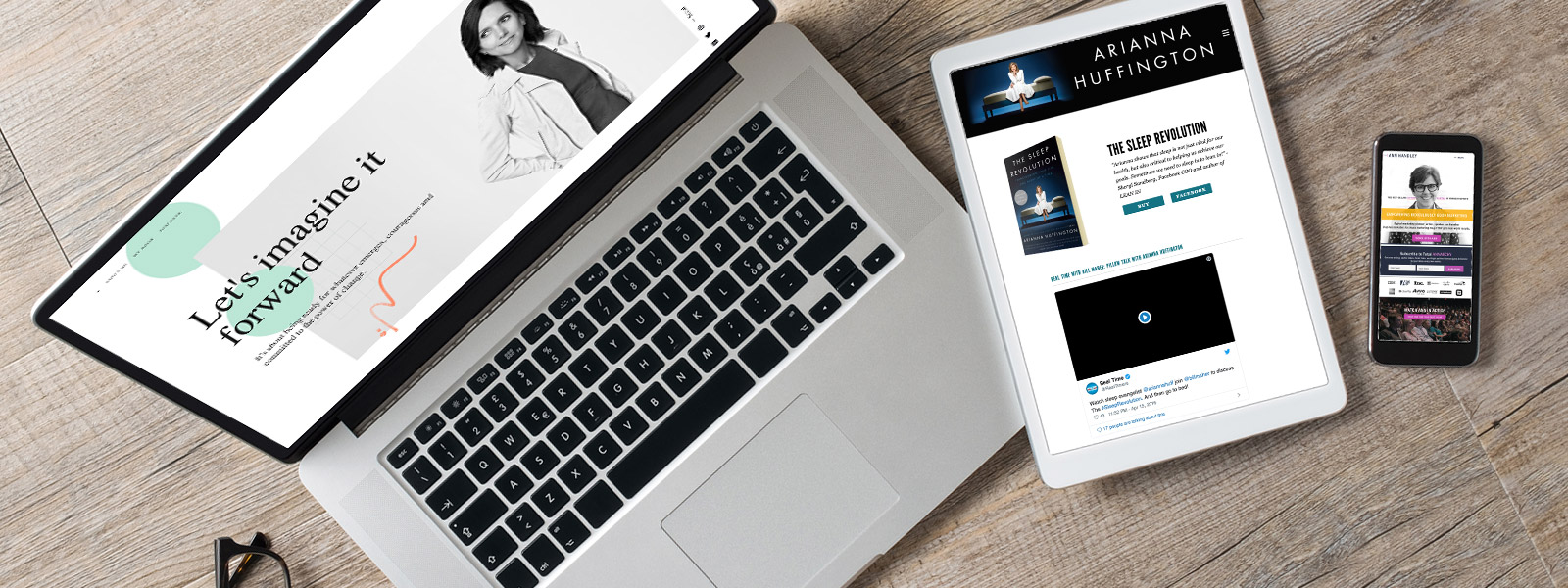What do powerful leaders in well-known companies have in common?
They have strong personal brands.
Think about it – Howard Schultz, Mark Zuckerburg, Warren Buffett, Meg Whitman, Marc Benioff – the list is endless.  If you’re an entrepreneur, executive, business owner or CEO, your personal brand matters! After all, people want to make a connection with the company they work with, and oftentimes you are the face of that company. It’s important that your online presence supports the overall goals of your business.
If you’re an entrepreneur, executive, business owner or CEO, your personal brand matters! After all, people want to make a connection with the company they work with, and oftentimes you are the face of that company. It’s important that your online presence supports the overall goals of your business.
A strong personal brand helps you craft and focus the (authentic) image you portray online so that it highlights your expertise, the value you can offer, and your company’s brand.
In the same way that your company needs to present a consistent image and message to current and potential customers, the same is true for your personal brand.
So how do you build a strong personal brand? Good question.
Why not learn from the best—people who built their own personal brands and who leverage them consistently to promote their companies. And in honor of Women’s History Month, let’s take a look at some personal brand examples from the ladies.
But first, a quick reminder.
A strong personal brand contains these 5 key elements:
- Target audience and message
- Point of view
- Personality and brand voice
- Consistent content
- Your story
These elements show up on social media, in interviews or media appearances, and on your personal website.
Let’s take a quick look at three women whose personal brands promote their companies and share consistent values and messages.
Arianna Huffington
Arianna Huffington is a co-founder and former editor-in-chief of the Huffington Post.
In 2016 she stepped down from the Huffington Post to start Thrive Global, a media wellness company. Her personal brand builds on the work that her company is doing and adds a layer of authenticity through her expertise, her past success, and her story. Arianna Huffington knows who she is (and who she is not) and what she values—and it comes across in every interaction you have with her online.
Personal Website: ariannahuffington.com
Company: thriveglobal.com
Twitter: @ariannahuff
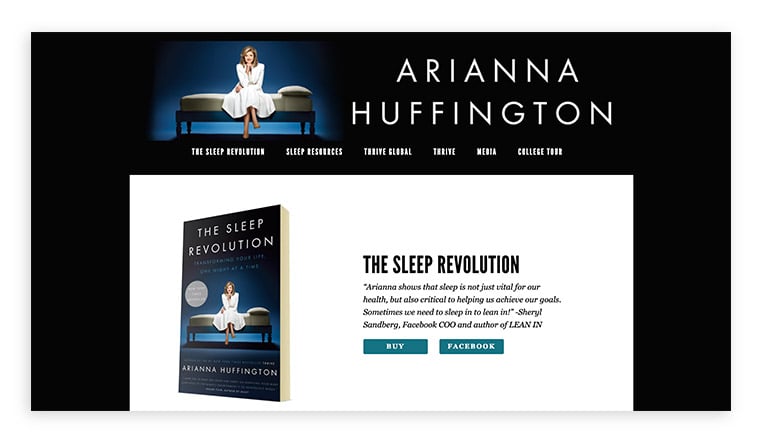
Key message: It’s time to end the stress and burnout epidemic and instead focus on mindfulness, rest, and personal well-being.
Brand personality: inspirational, insistent, relatable
Point of view: A truly successful life means more than career or monetary success. She focuses on the value of mindfulness, unplugging, rest, meditation, and sleep—all keys to a life of truly thriving.
This point of view is demonstrated in everything she does, from what she posts on social media to the books she writes and what she talks about in interviews. She uses her personal channels (Twitter, website, media outlets) to share content that reinforces and expands her point of view, as well as her company mission.
The story: Her website shares a powerful story that motivates both her personal brand and her company mission.
Arianna Huffington’s personal wake-up call came in the form of a broken cheekbone and a nasty gash over her eye — the result of a fall brought on by exhaustion and lack of sleep. As the president and editor-in-chief of the Huffington Post Media Group — one of the fastest growing media companies in the world — she is celebrated as one of the world’s most influential women. She is, by any traditional measure, extraordinarily successful. Yet as she found herself going from brain MRI to CAT scan to echocardiogram to find out if there was any underlying medical problem beyond exhaustion, she wondered: is this really what success feels like?
This adds a layer of authenticity to the mission of her organization in a way that nothing outside of a personal story could. Additionally, it shows that having a focused audience and message matters.
Both the company and her personal brand have a focus in their message and the content they share. Her personal brand does what it intends—it reinforces her company brand.
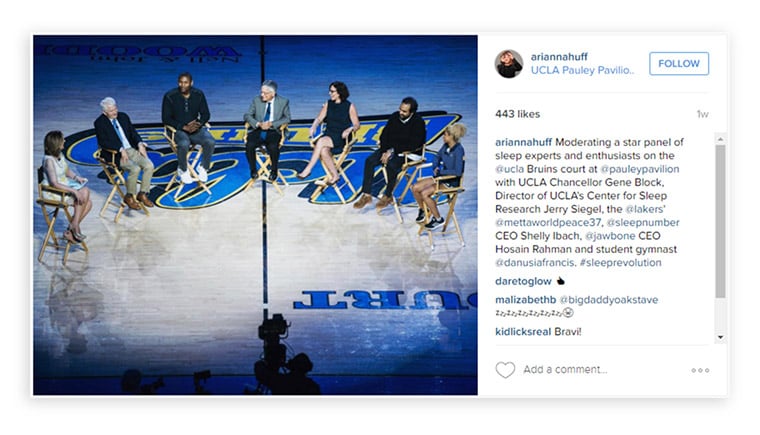 Personal Brand Tactics:
Personal Brand Tactics:
- Instagram campaigns
- Worksheets and tips
- A college tour
- Interviews
- Books
Ann Handley
Ann Handley is the queen of marketing content, and is known for her fight against marketing mediocrity. Her previous company, ClickZ, was one of the leaders in digital marketing content. She sold it in 2000 and started MarketingProfs, which trains marketers with its education programs.
The things she cares about and exhibits in her personal brand are reinforced by the products and services her company offers—that means she’s doing something right!
Personal Website: www.annhandley.com
Company: www.marketingprofs.com
Books: www.amazon.com/Ann-Handley/e/B003OSWOGS
Twitter: @annhandley
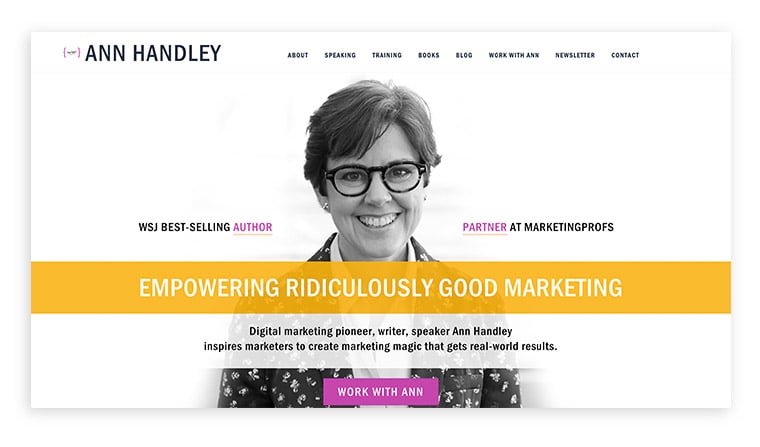
Key message: Empowering ridiculously good marketing. She inspires marketers to create marketing magic that gets real-world results. Waging a war on content mediocrity.
Brand personality: playful, empowering, bold, friendly, relatable
 Point of view: Ann isn’t afraid to call out mediocrity in marketing content. She wants to inspire greatness and real results, which means empowering her readers and listeners to do work that they’re proud of. To do this, she founded MarketingProfs, a company that helps train and mentor digital marketers. Her own brand reflects the emphasis she places on rising above the rest, creating GREAT content herself.
Point of view: Ann isn’t afraid to call out mediocrity in marketing content. She wants to inspire greatness and real results, which means empowering her readers and listeners to do work that they’re proud of. To do this, she founded MarketingProfs, a company that helps train and mentor digital marketers. Her own brand reflects the emphasis she places on rising above the rest, creating GREAT content herself.
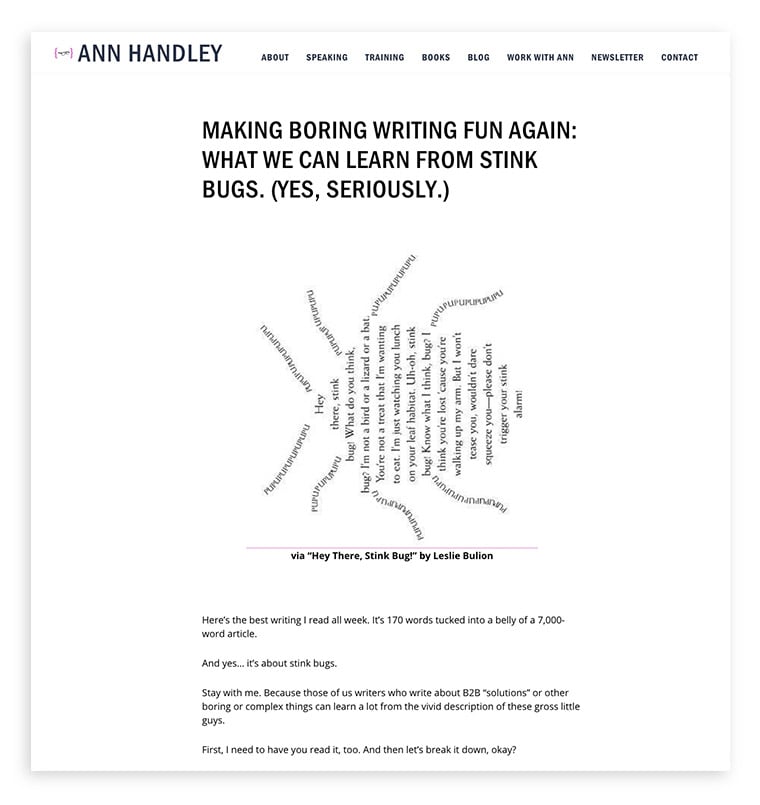 Personal Brand Tactics:
Personal Brand Tactics:
- Blogs on her personal website
- Personal newsletter
- Speaking events
- Books
Beth Comstock
Beth Comstock was the CMO and Vice Chair of Innovation at General Electric (GE).
As the vice chair, she led the GE Business Innovations team, constantly looking for ways to think differently, grow the company, and bring about positive change. Her experiences at GE gave her the platform to build her own personal brand – one that encourages curiosity, creativity, and challenging the status quo. She used her experience at GE to go out on her own, launching her own brand, writing a book based on her experiences and sharing that at speaking events.
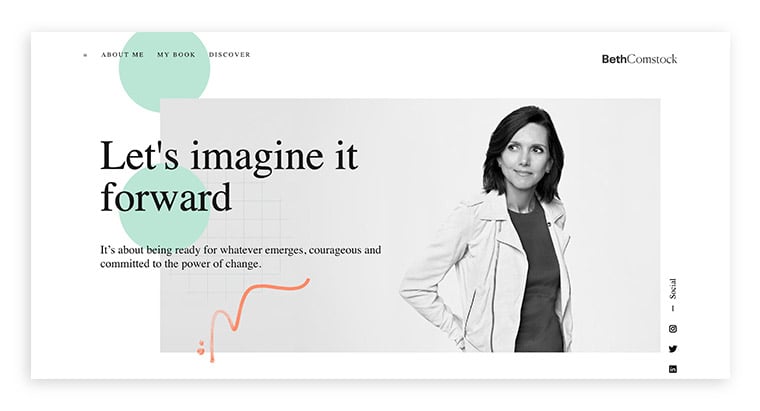
Personal Website: www.bethcomstock.info
Past Experience: Chief Marketing Officer and Vice Chair of Innovation at GE
Twitter: @bethcomstock
LinkedIn: https://www.linkedin.com/in/elizabethjcomstock/

Key Message: Change is a messy, collaborative, inspiring, difficult, & ongoing process. It’s about being ready for whatever emerges, courageous and committed to the power of change.
Point of View: You need to challenge yourself, “get weird,” and be creative. She challenges the execution mindset of business and claims that she tries ”to carve out at least 10-15% of my work time and much more of my personal time to discover emerging trends, people and ideas.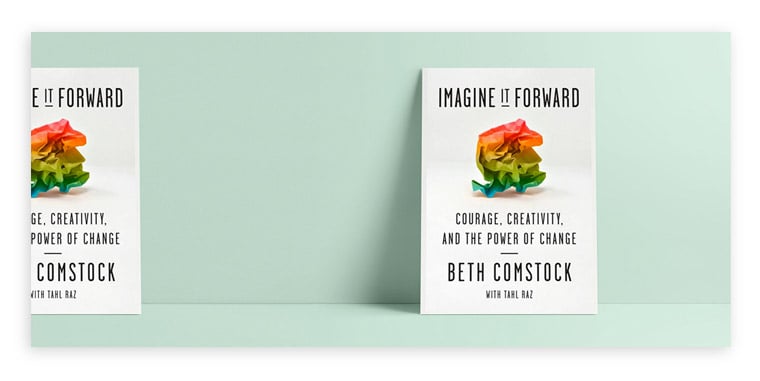
And as a leader in innovation at a large company, her experience proves her point of view and gives credibility to her insights. But rather than using her personal brand to promote her company, she used her previous experience at her company to launch her personal thought leadership campaign, writing books, speaking at events, and promoting change and curiosity.
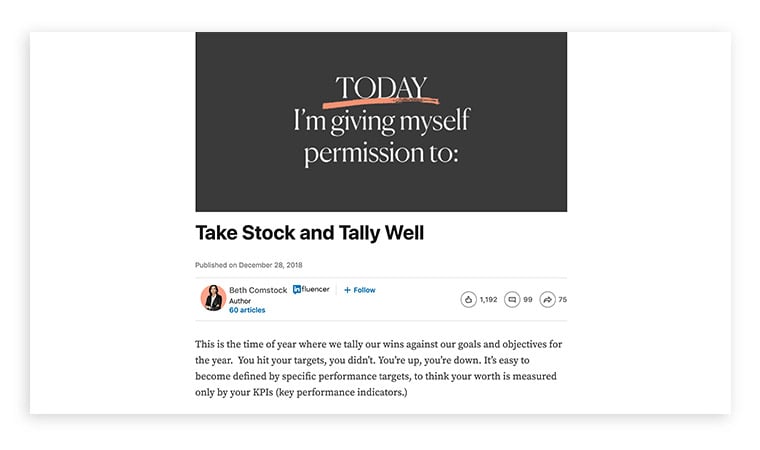
Personal Brand Tactics:
- Blogs on her personal website
- Articles on LinkedIn
- Engagement with readers on Twitter
- Speaking events
- Book
Try this at home: three takeaways for your personal brand
All these women use their personal brand to share their strong point of view and message, which, in turn, fully support their company’s mission.
So how do you learn from their examples? Here are three key things to try out at home, with your personal brand
Here are three key things to try out at home, with your personal brand
- Be honest. The whole purpose of creating a personal brand is to be honest about who you are, and let that authenticity support your company and its mission. As consumers care more about the authenticity of your brand, your personal brand and story need to support that. But you must be honest and true to who you are.
- Be consistent. If there isn’t consistency across your brand message and across how often you share your point of view and story, you won’t add anything to your thought leadership campaign.
- Be innovative. If you don’t add a point of view to the conversation in your industry, you won’t make a splash with your personal brand. Be creative and innovative in how you position yourself. In order to become a thought leader, you need to have a unique perspective worth sharing.
Get started crafting your own personal brand today—but do it authentically and consistently. If you know where to start but still need help maximizing your output with limited bandwidth, consider a content repurposing service to multiply your existing content.
Just like other thought leadership tactics, your personal brand can help boost your company’s brand if done well, or tear it down if done poorly. We’re excited to see what you come up with!
